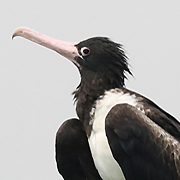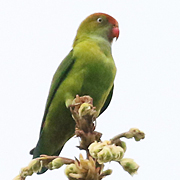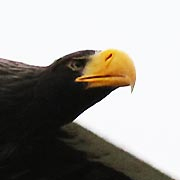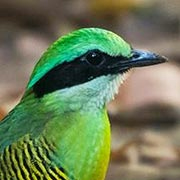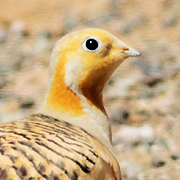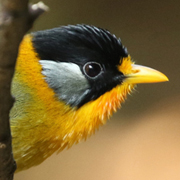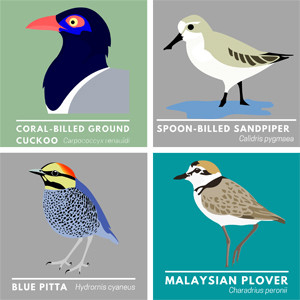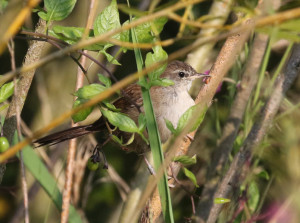
Recently I enjoyed spending some time in the Shropshire Hills Area of Outstanding Natural Beauty, a lovely area indeed with some nice birds in areas of ancient woodland and a few upland species on areas of heath. However, my time in the area didn’t give me any opportunity to see birds associated with wetland habitats so on my way back to Kent I stopped at Chelmarsh Reservoir to take a look at what this site had to offer. I made the effort to get there early, arriving a little before 7am to find a very pleasant spot consisting of a large area of open water surrounded by woodland and famland patches but the real area of interest was a reed bed and the shallows at one end of the reservoir, with nice patches of ancient oaks nearby. A small hide gave me the perfect place to just sit and watch, giving me nice selection of birds and the opportunity to photograph Water Rail.
I was able to drive right up to the reedy part of the reservoir along a dirt track that took me into a nice shady area full of birds that included a nice Song Thrush resting in the shadows, several noisy Blackcaps, Robins feeding newly fledged chicks and a Goldcrest that I was able to track down by its high-pitched call. A high levekl of bird activity was a nice start to my visit with the trees alive with common birds such as Blue Tit, Chiffchaff, Great Tit, European Nuthatch and even a juvenile Reed Warbler being fed by a parent; unusual for it to be so high up in a large tree.
The wet habitat was what I had really gone for so I spent some time just standing, overlooking the open water and some of the reedy areas. Large numbers of Mallard in eclipse plumage were not too exciting and lots of Coot added to the numbers but an egret immediately caught my attention which turned out to be a Great Egret. Still a rare bird in UK although it is becoming rapidly more frequent a sighting. Five Little Egrets and a Grey Heron kept it company while a distant Common Kingfisher added a blast of colour and overhead 3 Common Buzzards were making a noise.
The sweet descending call of a Reed Bunting made me scan the tops of the reeds and I quickly managed to spot my first of the year. Hanging out in Thailand for most of the year followed by the Shropshire Hills meant that I had not seen this fairly common bird before in 2020. Snippets of song from Willow Warbler and Common Whitethroat allowed me to spot these species and add them to my day list but a small group of Northern Lapwings alerted me to the fact that there might be more to see from the hide that clearly overlooked a small pool among the reeds.
The hide proved to be a great place to just sit and wait to see what turned up, and I wasn’t to be disappointed with new birds showing up regularly over the next hour and a half. Predictably several Moorhens and their chicks were easily seen but it was also nice to see the Lapwings at close range, a bird that is too easily dismissed by those who are familiar with them; this is one of the world’s most amazing shorebirds! Still, I stopped watching them as soon as the much hoped for Water Rail emerged and proceeded to sunbathe on some flattened reeds in front of the hide. It sat sunbathing for ten minutes or so before deciding to preen its feathers into better condition.
A second and third Water Rail also put in an appearance and I spotted a Green Sandpiper sleeping on the far side of the pool that had remained invisible beforehand. A Common Snipe was another nice addition to the day list and Reed Warblers put in several appearances. I checked out every movement in the reeds to see if I could spot a Sedge Warbler but I didn’t see one until I picked up the call on the other side of the pool and soon spotted it perched on a reed stem. First one and then two Common Kingfishers flying past provided an amazing flash of blue as they flew past.
The song blast of Cetti’s Warbler was unmistakable, if a little surprising, and in keeping with its character it was hard to observe in dense undergrowth but I did get a good view and a passable photograph that captures its skulking nature.
The birds kept on coming with a pair of Gadwall and several Little Egrets landing in front of the hide followed by the Great Egret that I had seen earlier. Although I have seen many Great Egrets in UK I never really see them close enough to study them in detail to compare them with the Great Egrets I see in Asia. This time though I was able to see that the subspecies in western Europe has a rather more stocky structure to its head and less prominent bill than the birds in Asia and, indeed, Eastern Great Egret has frequently been proposed as a split. Either way it was nice to see this bird at such close range and in perfect light.
With the constant parade of birds it was hard to draw myself away but I had some distance to drive so I left the hide but there were plenty more birds to see as soon as I got out. A group of Swallows and House Martins had formed to feed over the water and there were two Sand Martins among them and a Common Swift.
It was time to go but a party of garrulous Blue Tits managed to distract me for a few more minutes, allowing me to get some nice shots of this colourful little bird. Surely if it were a rarer species most birders would get very excited to see it.
Anyone who happens to be in the area would do well to visit this lovely little spot in Shropshire and I can imagine that in spring it would be alive with bird song and also it could turn up some interesting migrants in autumn.


 August 20th, 2020
August 20th, 2020  Nick
Nick 

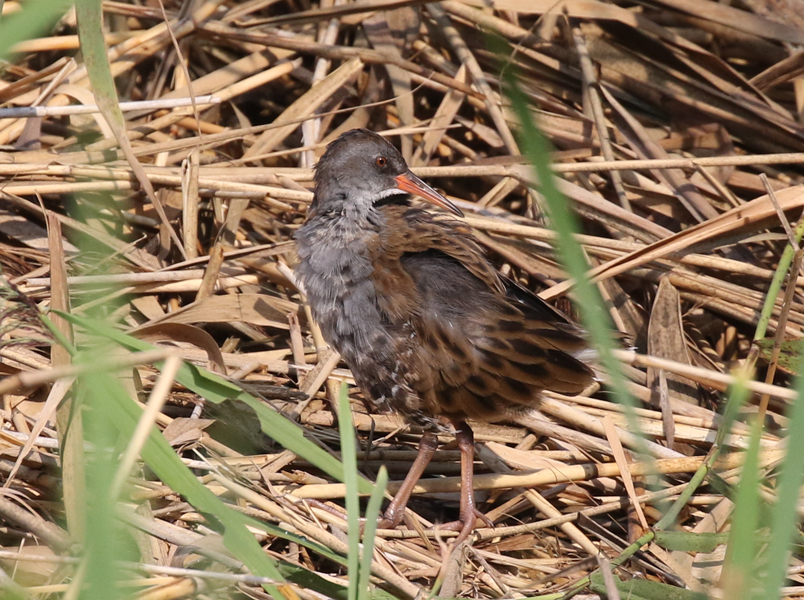
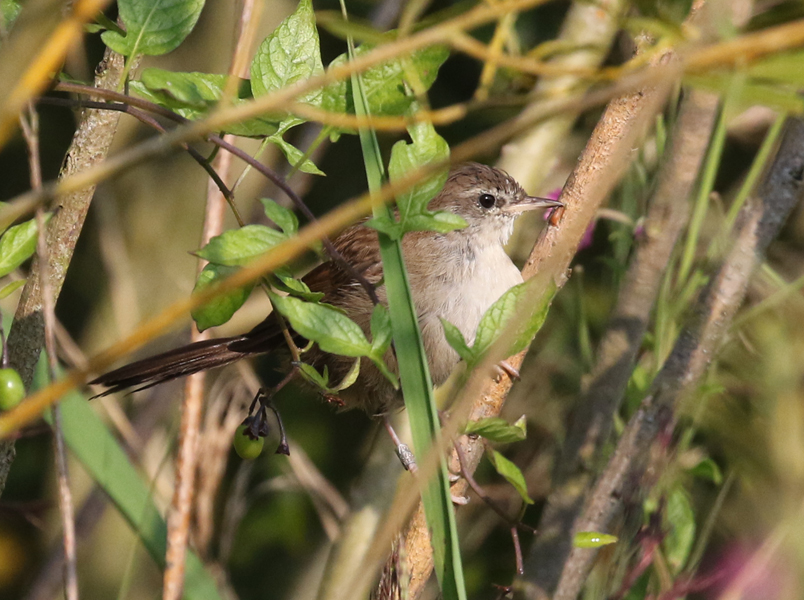
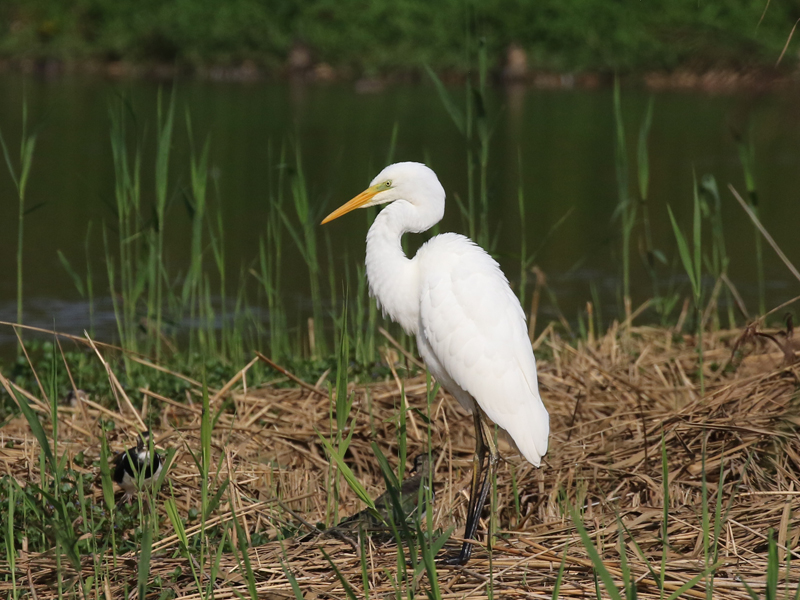
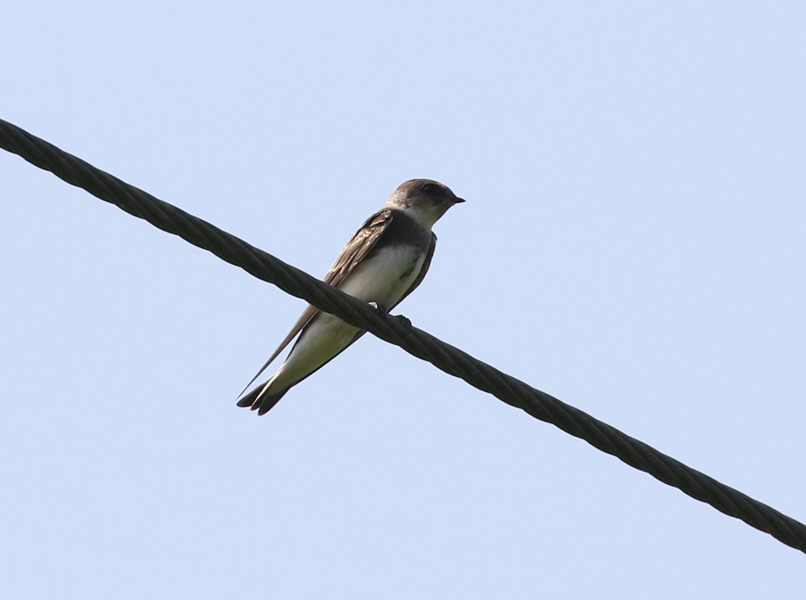
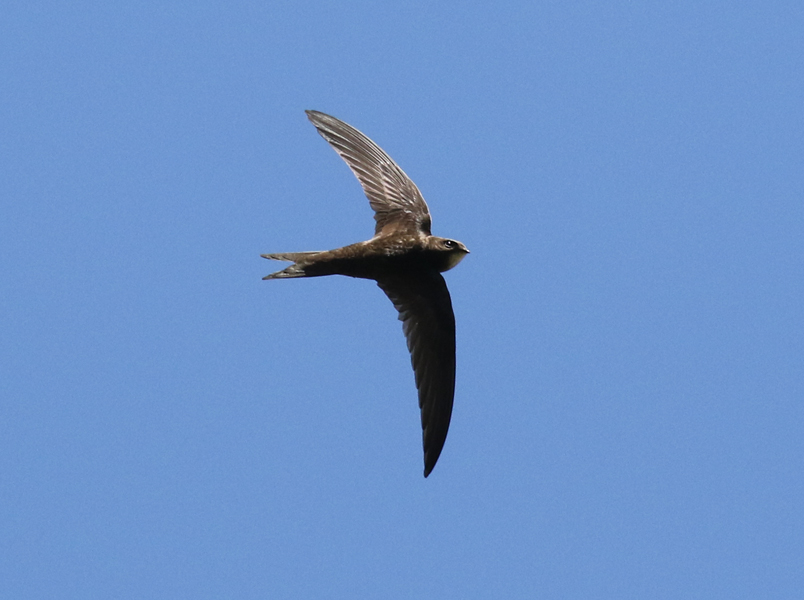
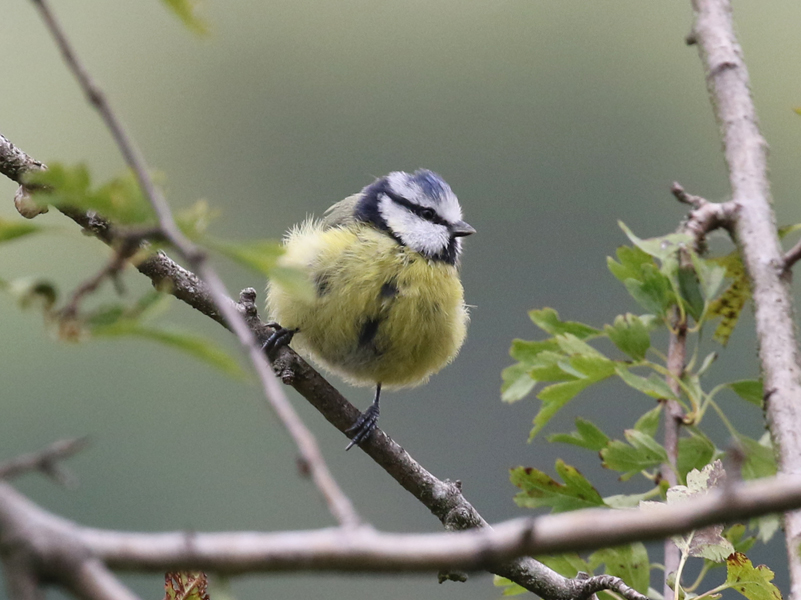
 Posted in
Posted in  Tags:
Tags: 
